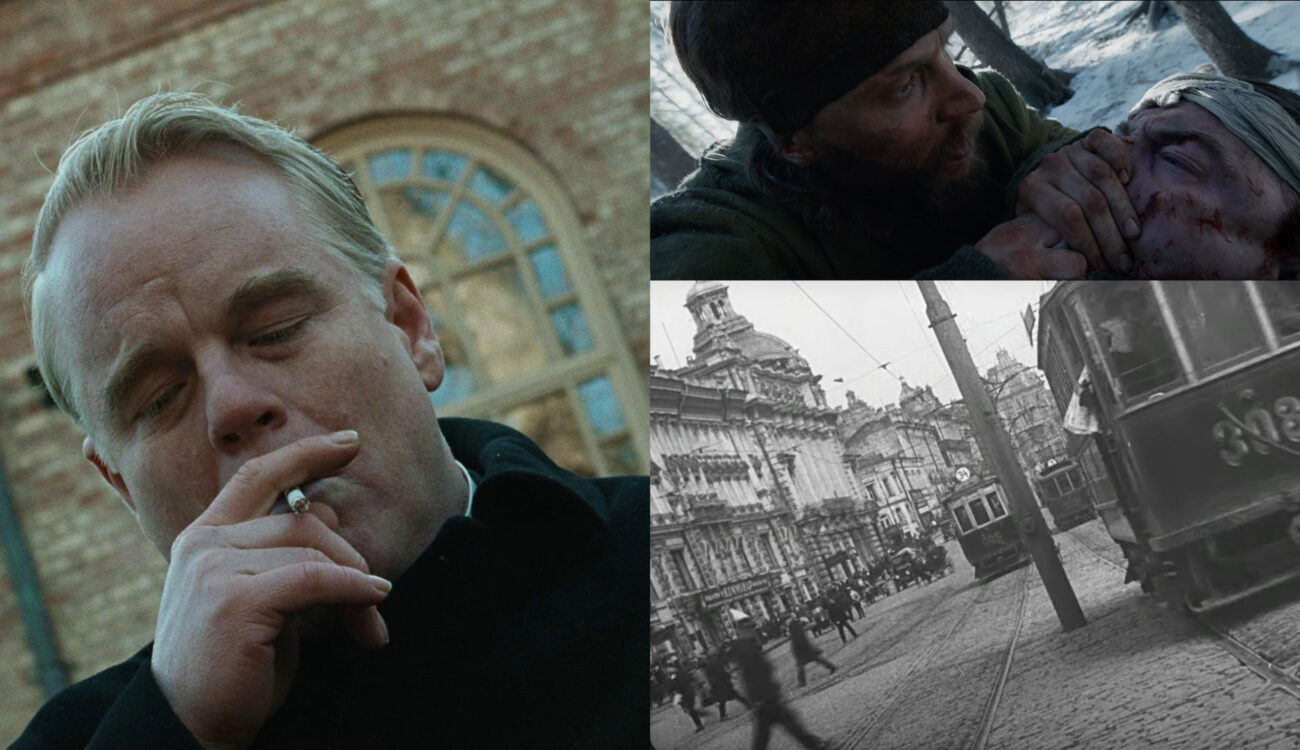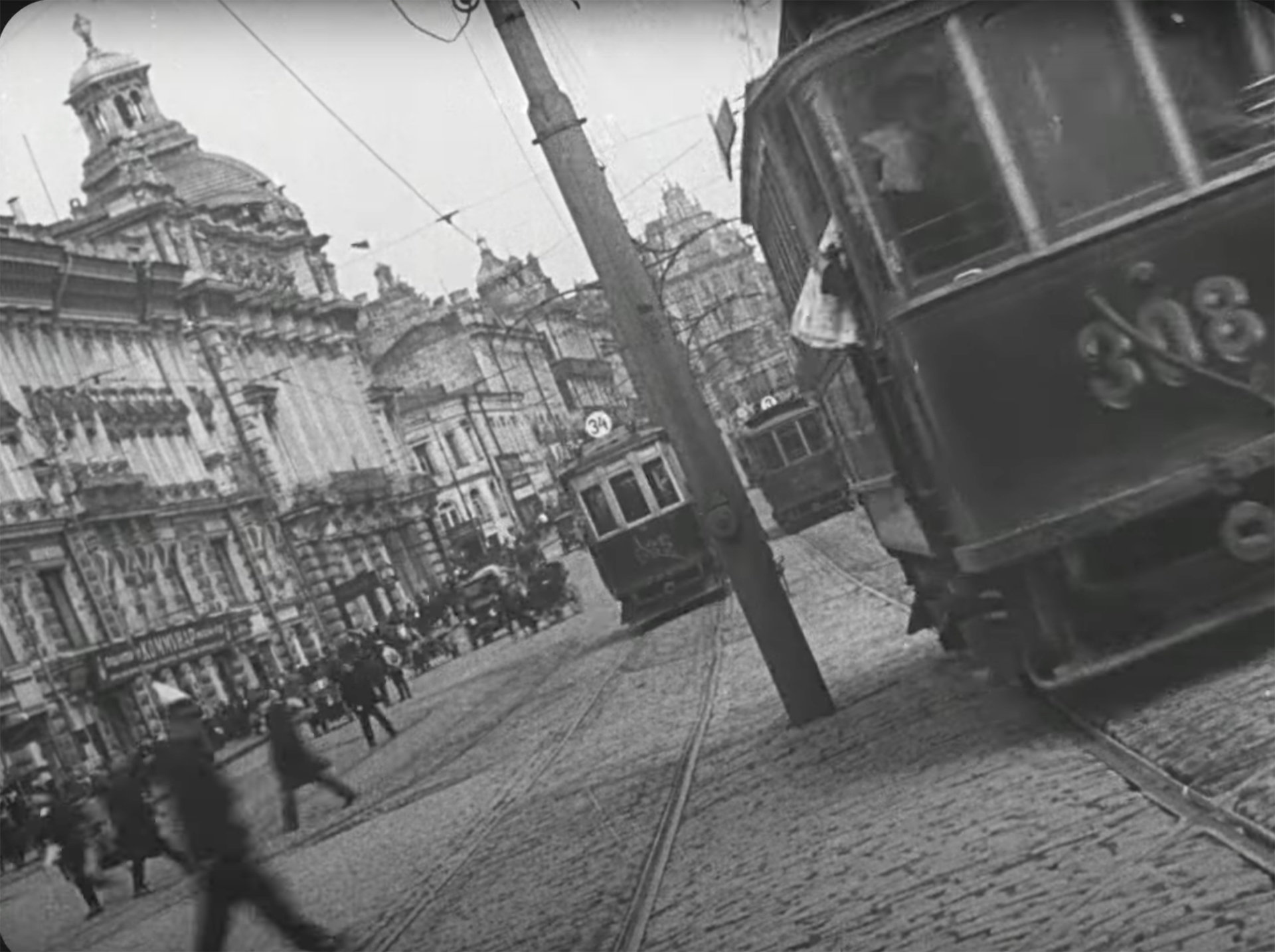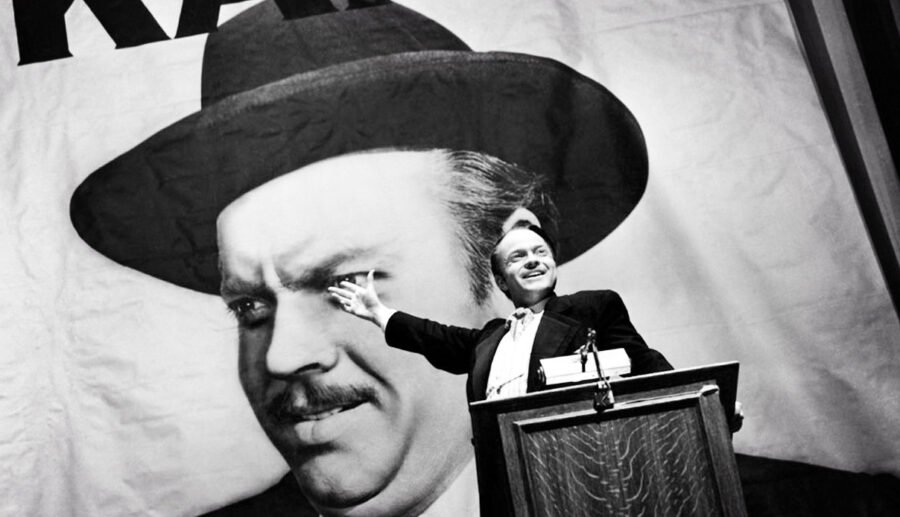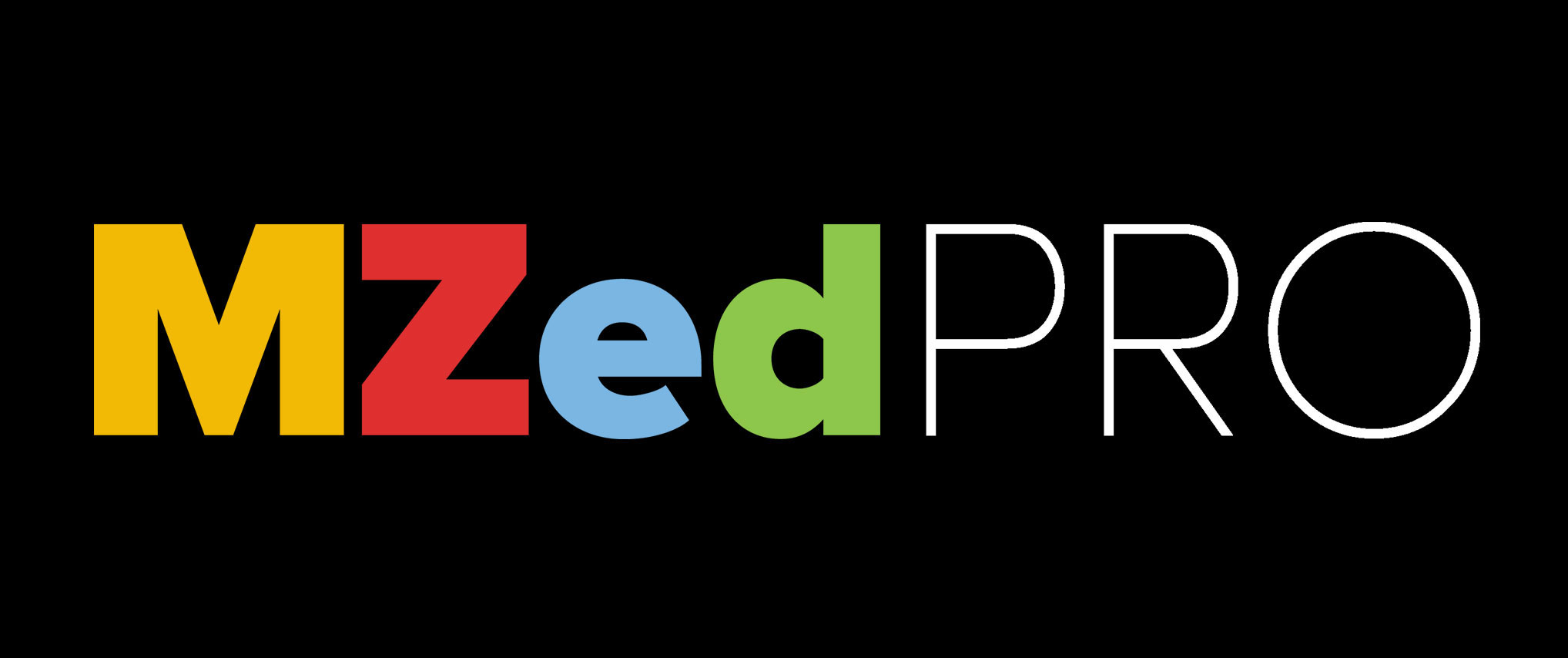
There are two kinds of filmmakers: Those who cherish Dutch angles and those who level the tripod first and foremost, even before looking for a suitable frame composition. Just kidding! Yet there is an underestimated craft in this special tilted shot, which was oh-so-popular decades ago. Let’s take a look at the history of the Dutch angle and the place it occupies now. What storytelling powers does it hold? How can you use it in your projects to enhance the viewer’s visual journey? And above all, it’s time to decide what side you are on: Dutch or “Level your damn shot!”
According to Hollywood Lexicon, Dutch angle, also known as Dutch tilt, vortex plane, left/right-tilt, oblique, ditched, or canted angle, is a special type of shot in which a horizon line is not parallel with the bottom of the frame. To achieve it, filmmakers set the camera at an angle, which produces a viewpoint similar to tilting one’s head to the side (hence some of its names).

The roots and definition of the Dutch angle
Did you know the title “Dutch” has nothing to do with Holland? In fact, it’s a distorted version of the word “Deutsch” (“German” in German). The reason for this is the origin of this unusual framing. It was invented and widely used by German expressionist filmmakers during World War I, such as F.W. Murnau, Erich Pommer, and Fritz Lang. The country’s art movement of the time tried hard to digest the insanity of the world war and the dark psychological states connected to it (betrayal, terror, psychosis, and so on). Dutch angle was a part of the visual language developed to depict madness, unrest, and disorientation. It’s a great choice for playing with the viewer’s subconscious. When the horizon line doesn’t align with the top and bottom of the frame, it feels weird, signaling that something is drastically wrong. As an example of such a journey into bizarreness, let’s take “The Cabinet of Dr. Caligari,” a 1920 fantasy horror by Robert Wiene. The film is in the public domain, so it’s available to watch in full.
Why does the Dutch angle have such an effect on us, apart from throwing the frame off the usual balance? The concept comes from fine arts – namely, compositions following horizontal and vertical lines are easier to assimilate. Diagonal lines, on the other hand, are harder to assimilate and convey motion. Thus, as soon as we introduce them, the image evokes various emotional responses that are considered dynamic: anxiety, power, aggression, and tension. (An opposite would be love, joy, and happiness, which are thought of as still, quiet, and unchanging). Unlike fine arts, film is already motion by definition. Dutch angle, in turn, helps to accelerate the emotional response and push us literally into a different state of mind.
Fundamentals of Directing
Dutch angle coming to Hollywood
Of course, at some point in the late 1930s, this technique, alongside others, came from Germany to Hollywood. Great director-innovators of their time, like Orson Wells and Alfred Hitchcock, were particularly fond of Dutch angles, and you notice it a lot in their movies. For instance, below is a film still from the classic movie “Citizen Kane.” With one glance, we know straight away that giving Kane more power is probably not the best idea.

More recent examples of the Dutch angle often include directors who have a background in visual arts. Among them are Tim Burton (for Edward Scissorhands and Ed Wood) and Terry Gilliam (for Brazil, 12 Monkeys, Tideland, and Fear and Loathing in Las Vegas). They often lean into the Dutch angle to depict madness and disorientation, just like their predecessors. For instance, in Fear and Loathing in Las Vegas, this type of shot is one of the tools that craft the feeling of an altered state of mind on drugs. Consider the subsequent scene, where Johnny Depp’s character tries to check into a hotel on acid:
Naturally, there is a full array of visual techniques in this scene that mirror the perception of the protagonist (with extreme contrast between the high- and low-angle being one of them). Yet it is the oblique angle that puts the cherry on top and skews his perception, isn’t it?
Crafting a feeling of unease
In our MZed course “Fundamentals of Directing,” seasoned filmmaker and educator Kyle Wilamowski defines the function of a Dutch angle as follows:
The unnatural angle gives the viewer a feeling that the world is out of balance or psychological unrest.
That’s why, as Kyle explains further, you see it in many horror movies. When film creators suddenly cut to a shot of a deranged character and place the camera in a weird right/left tilt – we immediately know that something is wrong with them. However, not only this.
Dutch angle also has the power to emphasize a surreal moment or craft a special look. For instance, you often find it in movies based on comic books (as in the example of “Thor” below, way too often). Canted angles in the images are traditional in this type of print media, and some films stay true to the original style of the stories by using Dutch angles to create this ‘comic feel.’

A film still from “Batman Begins” by Christopher Nolan, 2005 

Film stills from “Thor” by Kenneth Branagh, 2011
When a character’s world has a Dutch angle
In good films, cinematography talks about subtext and represents what the main character experiences. No wonder we stumble upon Dutch angles in Alejandro Iñárritu’s epic western drama “The Revenant.” The protagonist’s destiny is not one to envy. After a brutal attack by a female grizzly bear, Glass (portrayed by Leonardo DiCaprio, who received his Academy Award for this role) has one foot in the grave and can’t move on his own. On top of that, he has to witness a greedy guy from his group stab his son to death right before his eyes without being able to intervene. Such events twist your world, and that’s exactly what the visual language of the film communicates to the audience.

Film stills from “The Revenant” by Alejandro G. Iñárritu, 2015 

Bizzare does not always equal horror
The Dutch angle is not necessarily always connected to a negative connotation, though. For some characters, it can represent their special trait, and filmmakers use it to build a slightly bizarre world around them. A prime example here is “Amélie.” Film creators emphasize the protagonist’s ability to find magic in everyday life and experience the world as fabulous through vibrant colors and a variety of special camera techniques, including the oblique angle in some shots.

Film stills from “Amélie” by Jean-Pierre Jeunet, 2001 

Not forcing the Dutch angle
Dutch angle becomes unsuitable when filmmakers force or overuse it. (Just like Thor’s example above). Look at it from the conventional side. We’re so used to the oblique angle in jump scares (say hi to visual horror games!) and in shots depicting villains that it loses its potential impact on the audience in such scenes, and it feels almost cliché to implement it this way. A much better idea is to use the Dutch angle subtly, in mundane scenarios. A great example here is the 2008 quiet drama “Doubt.” The movie raises questions of faith and the lack of it, of human relationships, of guilt and gossip, and yes–of doubt. Left/right-tilted shots here and there subconsciously influence our own system of beliefs. We question the motives of Father Brendan Flynn up until the last scene of the film. Can we trust him? Where hides the truth? Does he really only help this boy, or is there harm happening behind closed doors? The canted angle becomes the symbol of doubt and, thus, unleashes its power to the full extent.

Film stills from “Doubt” by John Patrick Shanley, 2008 

Summing up, the Dutch angle can be a great visual tool in different scenarios. Still, it should be used with caution—its impact is strongest when it feels natural, subtle, and not overdone. What about you? What side are you on? Dutch or non-Dutch? Which scenes would you use it in? Please share your insights with us in the comments below!
Feature image source: Films stills from “Doubt”, “The Revenant”, and “Man with a Movie Camera.”
Full disclosure: MZed is owned by CineD.






























